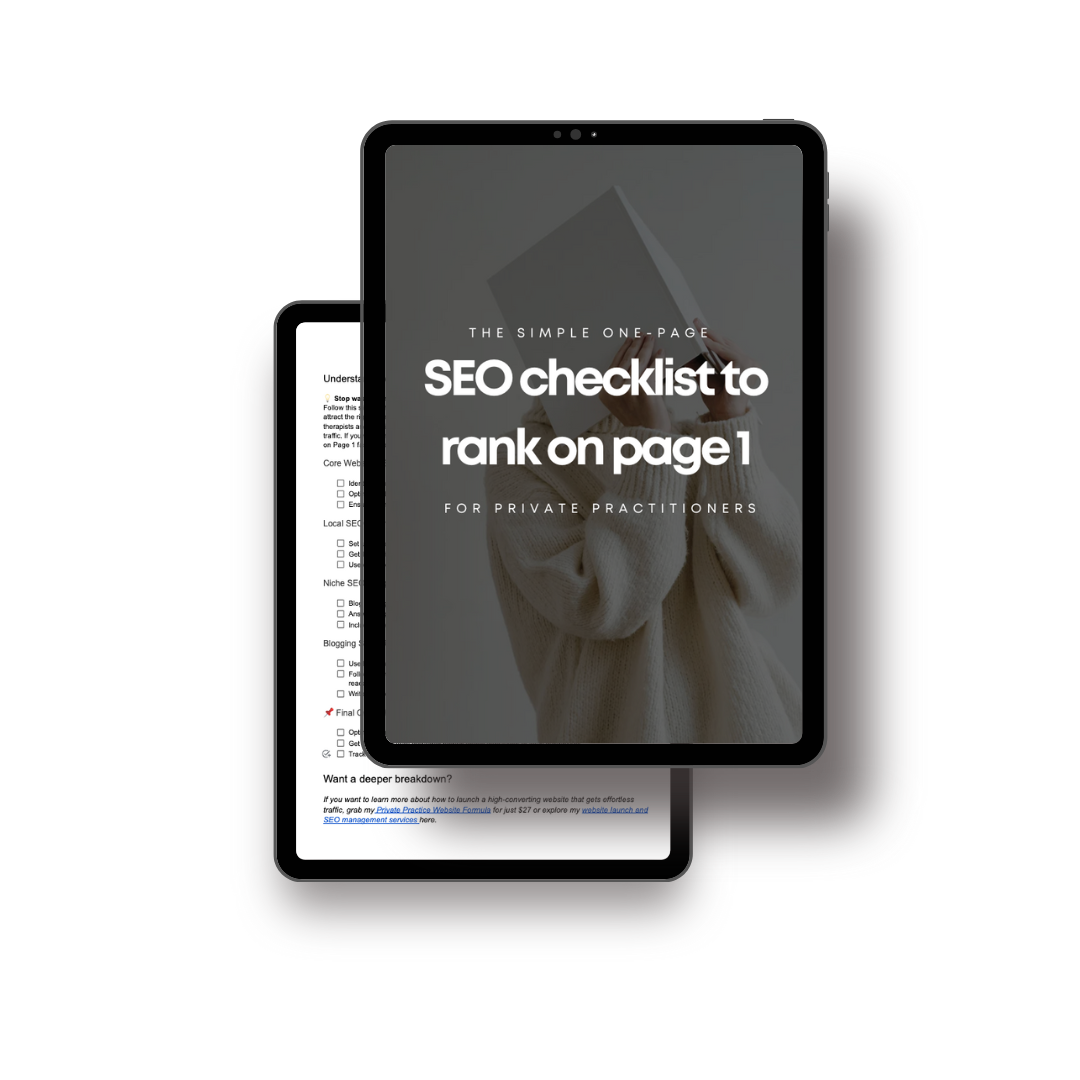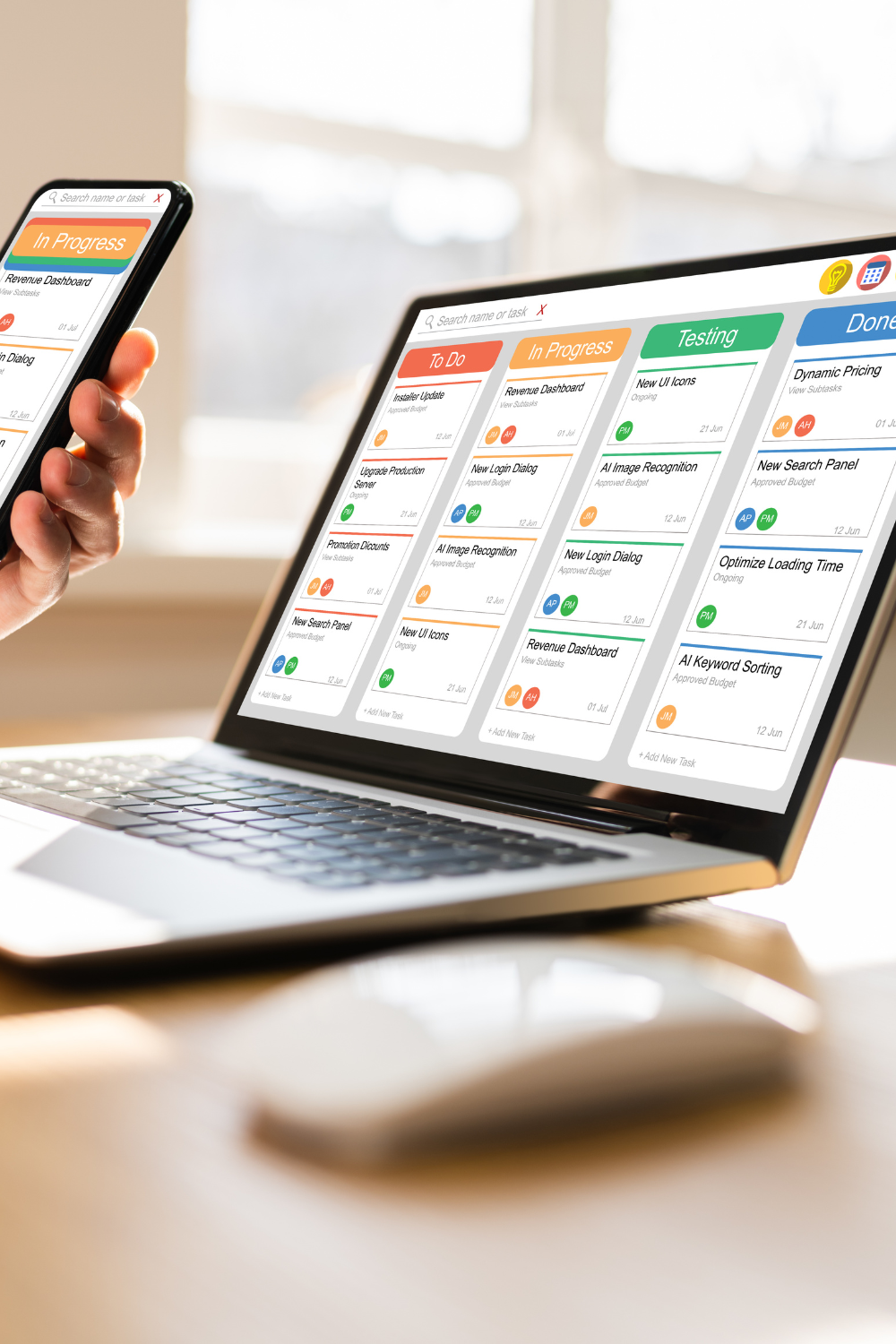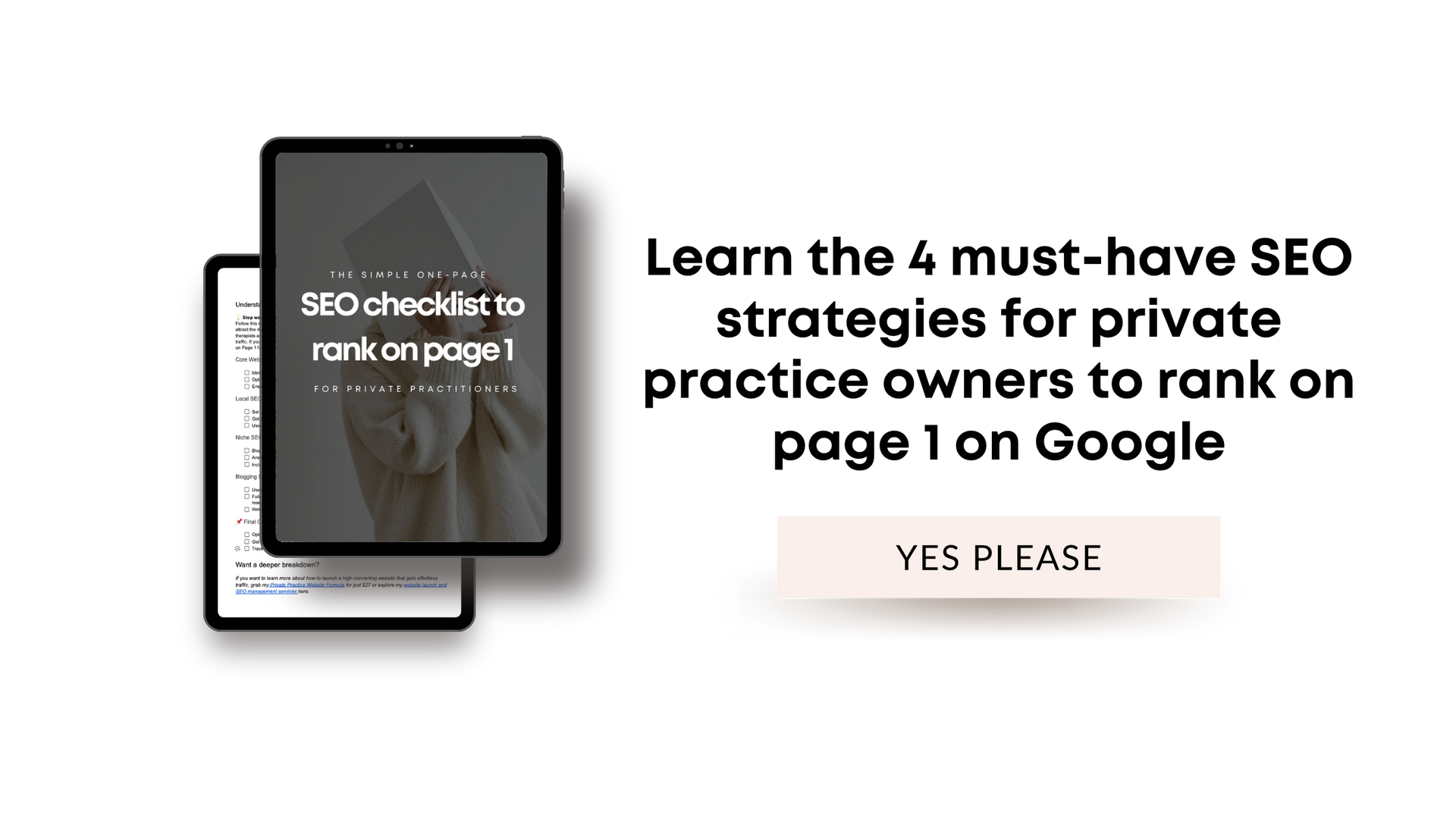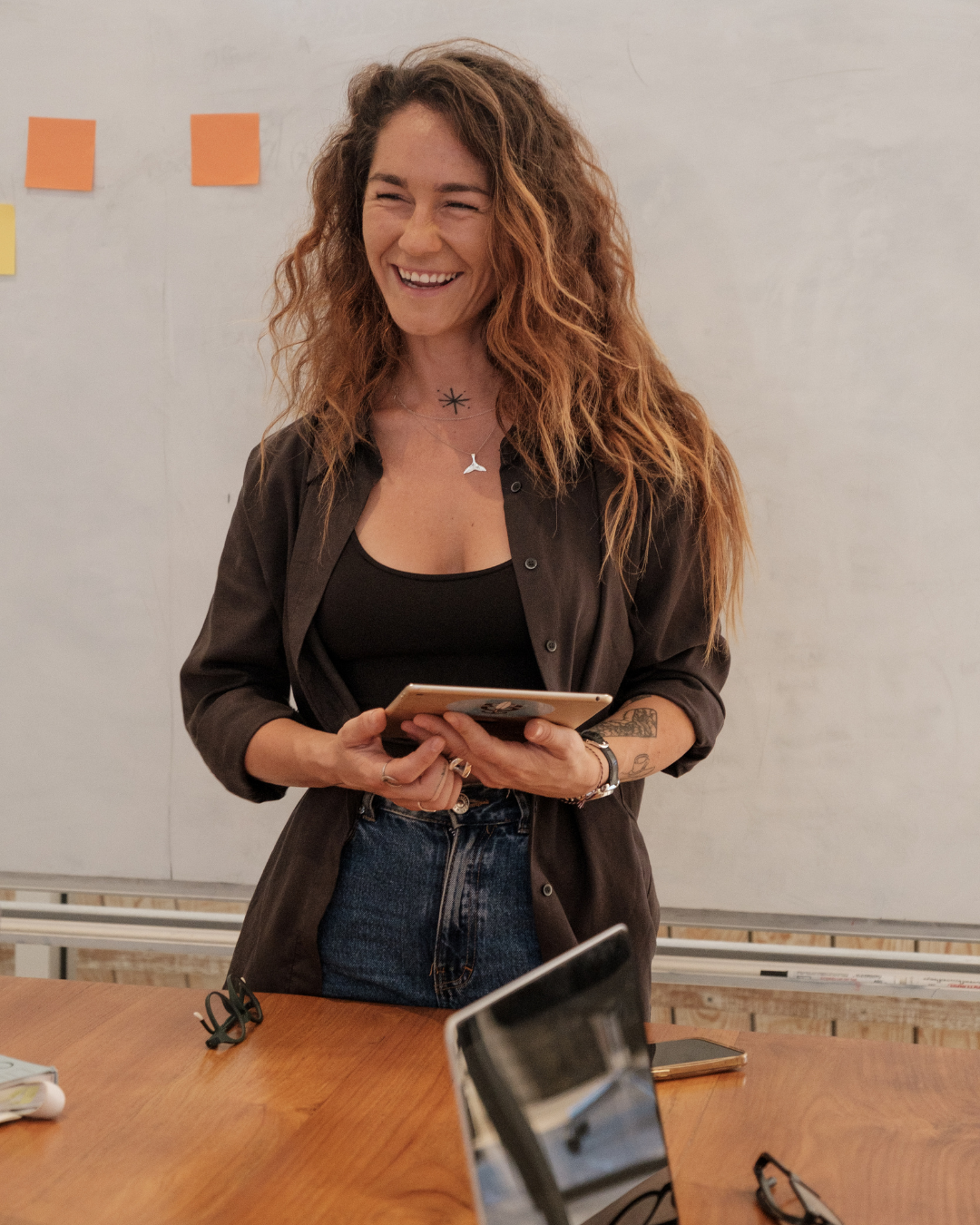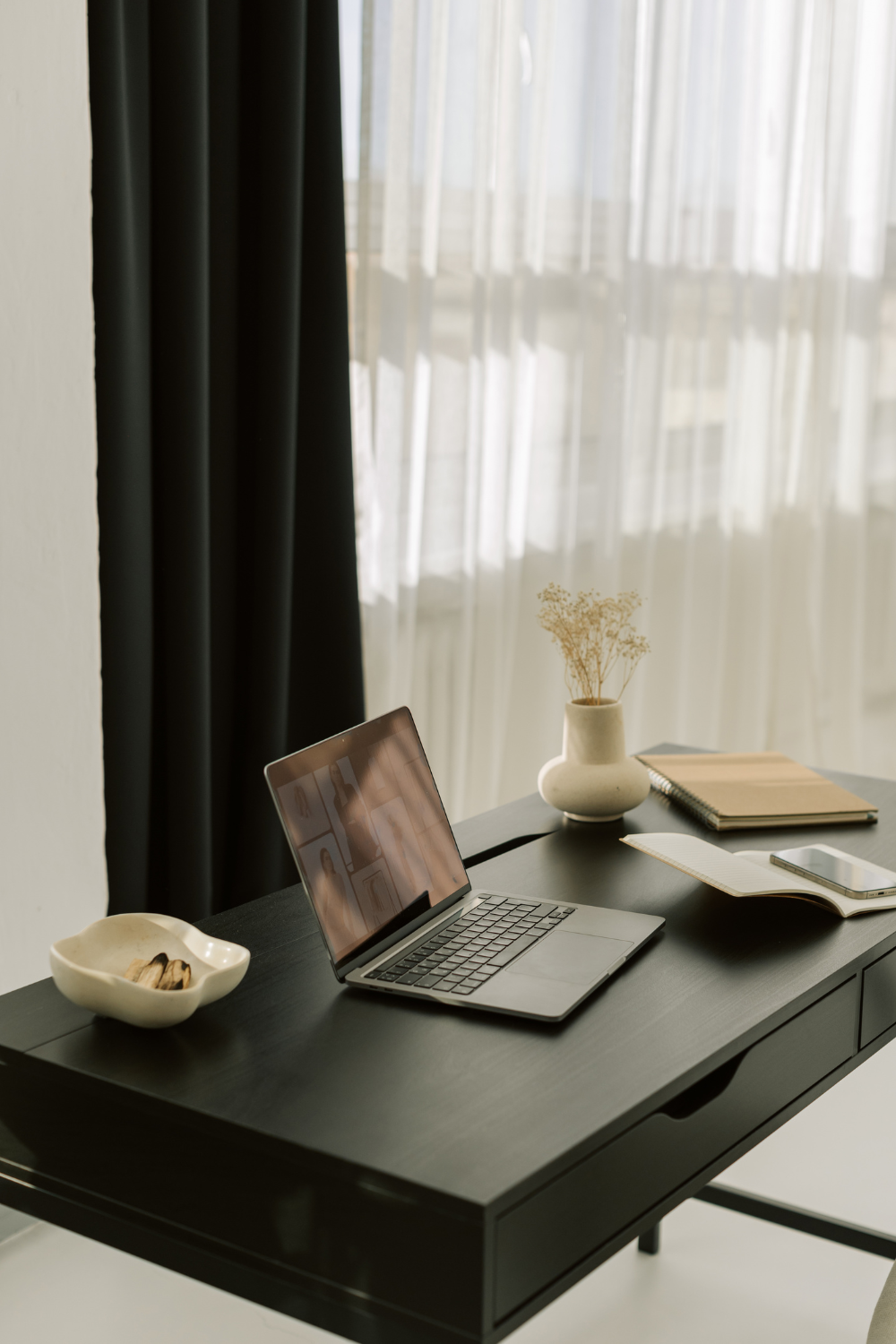50 life coach photoshoot ideas and personal branding tips
50 life coach photoshoot ideas and personal branding tips
Starting as a life coach, you may feel a mix of excitement and overwhelm when it comes to building your brand, especially if you’re gearing up for a photoshoot. You want to look professional and capture your personality authentically, but it can be tricky figuring out where to start. Should you go for a natural, relaxed style or more structured, polished shots? How do you make sure these images feel like you and resonate with the clients you want to attract?
If we haven’t met yet, I’m Natalia, a web designer for life coaches like you who create digital spaces that reflect their unique personality and style. I understand that building a brand can feel intimidating, especially if you’re balancing imposter syndrome and wanting to make a great first impression. With the right approach, your photoshoot can be a powerful tool for both showcasing your authentic self and connecting with your ideal clients.
In this guide, we’ll break down essential steps, tips, and specific photoshoot ideas to help you plan an aesthetic, impactful personal branding session. Let’s dive in and make sure that every shot tells a piece of your story.
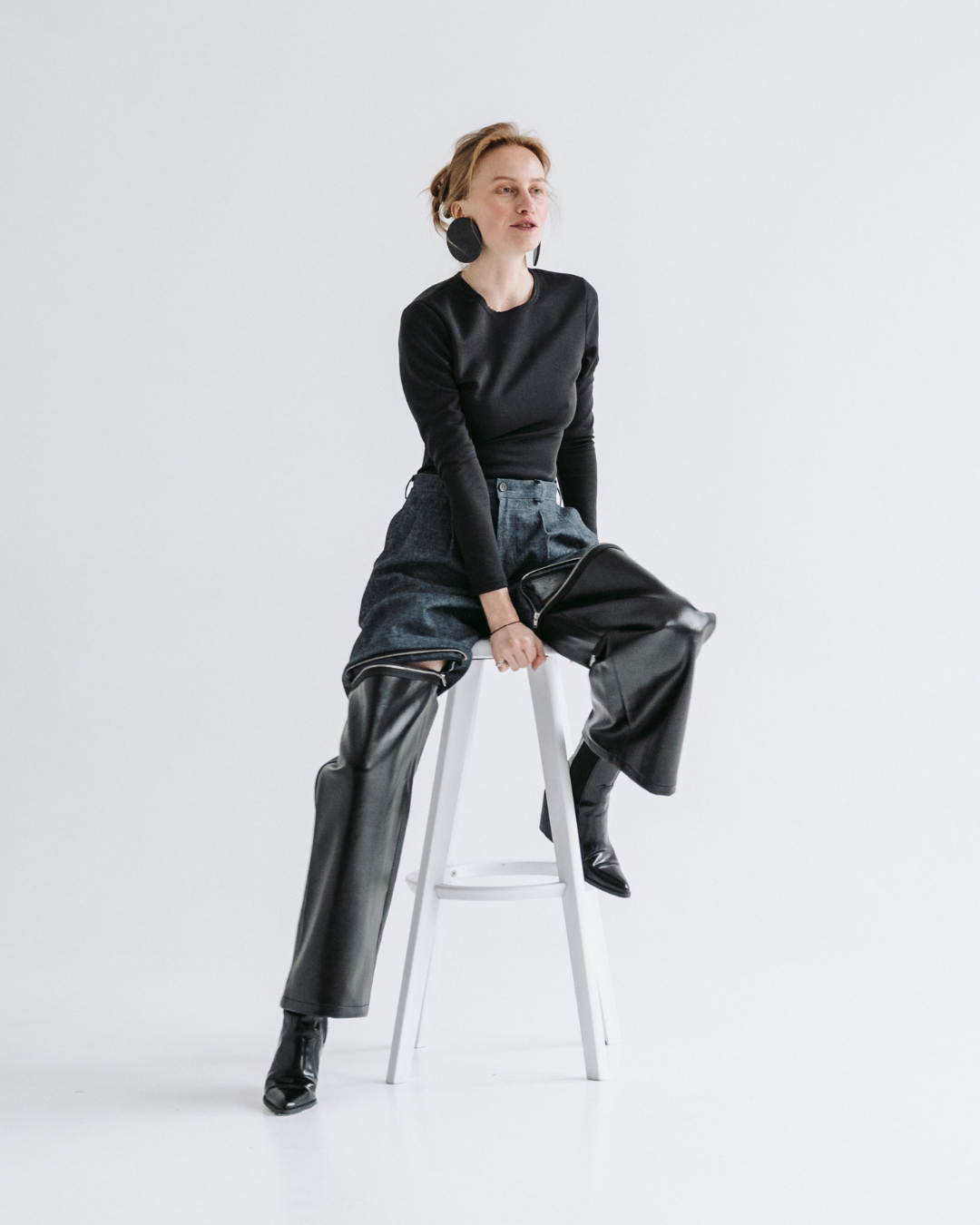
How to plan a photoshoot for life coaching services
A successful photoshoot begins with a clear vision that aligns with your brand and purpose. Think about it—would you trust a coach with blurry, dimly lit photos, or someone with vibrant, professional images that capture their personality and passion? High-quality photos make an impactful first impression, showing potential clients that you’re serious about your work. By planning details like location, outfits, and mood, you create a visual story that resonates with clients, making them feel connected and confident in choosing you as their coach.
1. Define your brand aesthetic
Your brand aesthetic is the heart of your photoshoot; it’s what makes your photos uniquely you . Think of the emotions you want to evoke in your clients when they look at your images. Do you want them to feel calm and reassured, or energized and inspired?
Ask yourself:
- What emotions do I want my clients to feel? For example, if your coaching style is nurturing and mindful, soft colors and natural, minimalist settings might reinforce that vibe. If your approach is high-energy and motivational, brighter colors and more active poses could resonate better.
- What colors, textures, and settings align with this vibe? For a career-focused coach, a sleek office setting may work well, while a nature-focused coach might consider open, outdoor spaces.
Pro tip: Create a Pinterest board with colors, styles, and images that inspire you. Visualizing your brand aesthetic can help guide the mood and ensure the final images align with your overall style.
2. Choose the right location
The setting of your photoshoot is crucial; it can amplify your message and create a relatable atmosphere for your clients. Think about where you do your best work and how to represent the space where clients connect with you.
Example locations:
- Home office – Perfect for showing the cozy, accessible side of your coaching style. It’s inviting and allows clients to feel like they’re meeting the real you.
- Outdoor spaces – Parks, beaches, or forest trails convey grounded energy and personal growth. Ideal for wellness and mindfulness coaches, nature brings a fresh and authentic touch to your images.
- Coffee shops – Great for coaches who want to give off a relaxed, conversational vibe. It’s warm, approachable, and fosters a friendly atmosphere.
If there’s a spot in your city that you absolutely love or that has a special meaning to you, consider using it in your shoot. Your personal connection to the location will show through in the photos, adding an extra layer of authenticity.
3. Plan your outfits
What you wear in your photos can be as impactful as the setting. Choose outfits that feel like
you
but also represent the brand you want to convey. Are you approachable and casual, or polished and professional? Your clothing choices can communicate that message instantly.
outfit ideas:
- Neutral tones – These are perfect for creating a calm, professional look. Earthy shades or soft colors keep the focus on you, not the clothing, helping clients see you as someone grounded and reliable.
- Bright colors – If your brand is upbeat and energetic, opt for bold colors that catch attention and give a warm, welcoming feel.
- Relaxed, casual attire – Sweaters, jeans, or a comfortable blouse make you look approachable and relatable, especially for clients who might feel intimidated by more formal attire.
Have a few outfits ready and make sure they align with the vibe of each setting. Simple changes in wardrobe can subtly shift the tone of each photo, giving you a variety of options for your brand materials.

Personal branding tips for life coaches
Your personal brand is the soul of your coaching practice, and your photos should tell a story that invites clients to connect with you on a deeper level. These images aren’t just about looking good—they’re about letting clients see you , the person behind the business, in an authentic, relatable way.
1. Show your authentic self
Clients are drawn to authenticity, so let your unique personality shine through in each shot. Capture moments that show who you really are—whether it’s the calm, focused side or the relaxed, joyful side.
Experiment with different poses and expressions to showcase different facets of yourself. Try a “focused” pose to convey your attentive listening skills during a session, and switch to a candid, relaxed pose that shows you laughing or engaging in a favorite hobby. Your clients will appreciate seeing both the professional and personal sides of you.
2. Incorporate your values
The values you hold as a life coach are part of what sets you apart. Think about what you stand for—whether it’s resilience, personal growth, balance, or something else—and consider how you can represent these qualities in your photos.
Example: If you focus on personal growth, include shots of yourself in reflective moments, like journaling, meditating, or sitting peacefully outdoors. If resilience is key to your coaching philosophy, action shots, such as you walking confidently or standing strong, can help visually represent this message.
3. Use props to tell your story
Props can add depth and context to your photos, helping clients understand who you are and what you do in a single glance. Choose items that are meaningful to you or are integral to your coaching sessions, like a favorite book, a journal, or even a comforting cup of tea.
Examples of props:
- Notebooks or journals – Perfect for coaches focused on self-reflection and mindfulness. Holding a journal can represent thoughtful introspection and personal growth.
- Books – If you’re an avid reader or refer to certain texts in your practice, bring along one or two of your go-to books. They add a personal touch and communicate your dedication to learning.
- Digital tools – Laptops, phones, or tablets convey the tech-savvy side of coaching, perfect for virtual coaches or those who emphasize accessibility.
Keep your props simple and meaningful. Too many items can distract from your message, but a single, well-chosen prop can make a strong impact.
Life coach photoshoot ideas
Here’s a list of specific photoshoot ideas tailored to life coaches. These concepts will help you create a versatile set of images that communicate your expertise, personality, and approach.
Coaching in action
- Mock coaching sessions – Simulate a coaching session to capture what it’s like to work with you. This gives potential clients a glimpse of your approach and personality.
- Group facilitation – If you run workshops or group coaching, show yourself engaging with a group. It conveys leadership and your ability to connect.
- On a call
– Capture shots of you on the phone or a video call to showcase your accessibility for virtual coaching.
Personal branding
- Lifestyle shots – Include casual moments like enjoying coffee, walking outdoors, or relaxing. These give a personal touch and make you relatable.
- Smiling and laughing – Don’t shy away from candid moments. Let clients see the joyful side of your personality.
- Outfit details – Zoom in on specific accessories or outfit elements that reflect your personal style, adding layers to your visual story.
Workspace vibes
- Behind-the-scenes – Show what a day in your life looks like. Shots of you working at your desk, organizing notes, or preparing for a session give a glimpse into your process.
- Desk details – Showcase elements of your workspace, like plants, coffee mugs, or your favorite motivational quotes.
- Focused moments – Capture images of you concentrating, jotting down notes, or preparing for a session. This highlights your commitment to your clients.
Outdoor inspiration
- Nature walks – Represent personal growth by capturing yourself in motion on a nature path, symbolizing forward movement.
- Mindfulness moments – Seated in a meditative pose or simply reflecting in a peaceful outdoor spot, you can show that you practice what you preach.
- Moving forward – Take dynamic shots of you walking, reaching, or stretching to symbolize growth and movement.
Tools of the trade
- Notebook and pen – Classic props for coaches, representing goal-setting and planning.
- Favorite books – Use books that have shaped your journey to communicate your knowledge and values.
- Digital devices – Capture the tech side of your coaching, especially useful if you work remotely.
Elevate your practice with the right images and impactful website
Planning the perfect photoshoot and presenting yourself authentically through visuals can make a world of difference in your life coaching business. Every image should support your brand and provide your clients with an experience that feels both professional and personal.
Ready to build a website that reflects your brand? I’m here to help you create a digital space that supports your coaching business and attracts your ideal clients. Explore my web design services for life coaches , and let’s design a site that amplifies your impact and brings your coaching vision to life.

* AI Disclosure: This content may contain sections generated with AI with the purpose of providing you with condensed helpful and relevant content, however all personal opinions are 100% human made as well as the blog post structure, outline and key takeaways.
* Affiliate Disclosure: Some of the links on www.nataliamaganda.com may contain affiliate links meaning that I will get a commission for recommending products at no extra cost to you.

hello! i'm natalia
Latina, web design expert for mental health professionals.
I help ambitious life coaches, therapists and holistic leaders amplify their magic, gain visibility, and simplify their marketing efforts through strategic web design and content.
